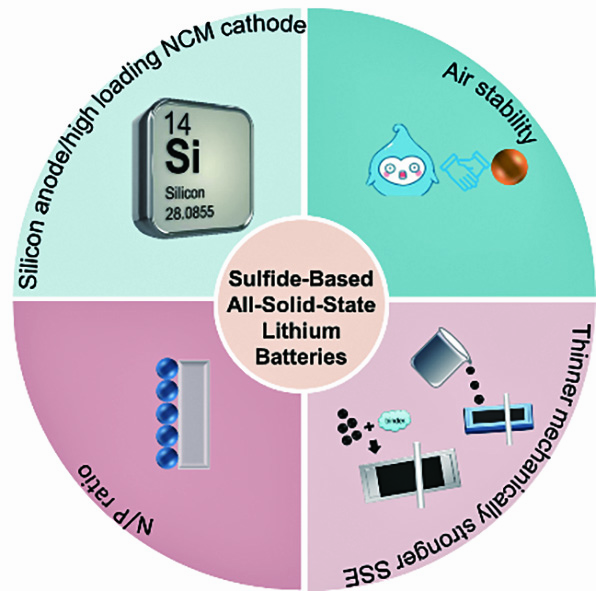
A revolutionary study carried out by Swiss scientists at the University of Basel has overturned a key photophysical concept known as Kasha’s rule. This revelation encompasses a unique reaction that entails electron transfer from a highly electronically excited chemical entity, a phenomenon that has not been previously documented in solution chemistry. Historically, Kasha’s rule, articulated by Michael Kasha in 1950, asserts that photoexcited molecules only participate in reactions from their lowest electronically excited states because of rapid relaxation from higher-energy states.
Conventionally, transitions from higher-energy excited states, referred to as anti-Kasha transitions, have been recognized to happen solely for a select few molecules that possess exceptionally large energy gaps, such as certain azulenes and zinc porphyrins. This made witnessing such reactivity in solutions extremely difficult, as solvent molecules generally extinguish excited states quickly.
The research group, headed by Björn Pfund and Oliver Wenger, has effectively showcased anti-Kasha reactivity through spectroscopic detection while reducing halogenated aromatic compounds. Their method involves the utilization of a laser to excite a photosensitive molecule, dicyano-p-terphenyl (DCT), thereby generating a radical anion catalyst. This radical subsequently forms a pre-association with a halogenated aromatic substrate. An ensuing light pulse further energizes the catalyst, triggering a swift electron transfer to the aromatic compound.
Pfund remarks that the closeness of the DCT anion to the aromatic molecule enables an electron transfer rate on the scale of 1013 s-1>, significantly surpassing typical reaction rates between photocatalysts and substrates. The team found that anti-Kasha reactivity necessitates a minimum driving force of 1.2eV for electron transfer, requiring stronger forces than those of conventional photoredox catalysts.
These results not only confront established scientific beliefs but also present new possibilities for the creation of future photocatalysts. Such catalysts could potentially improve selectivity or facilitate challenging reactions, including the breakdown of persistent environmental pollutants such as per- and poly-fluoroalkyl substances. This research ushers in a new era in exploring and leveraging the reactivity of higher excited states in chemistry.